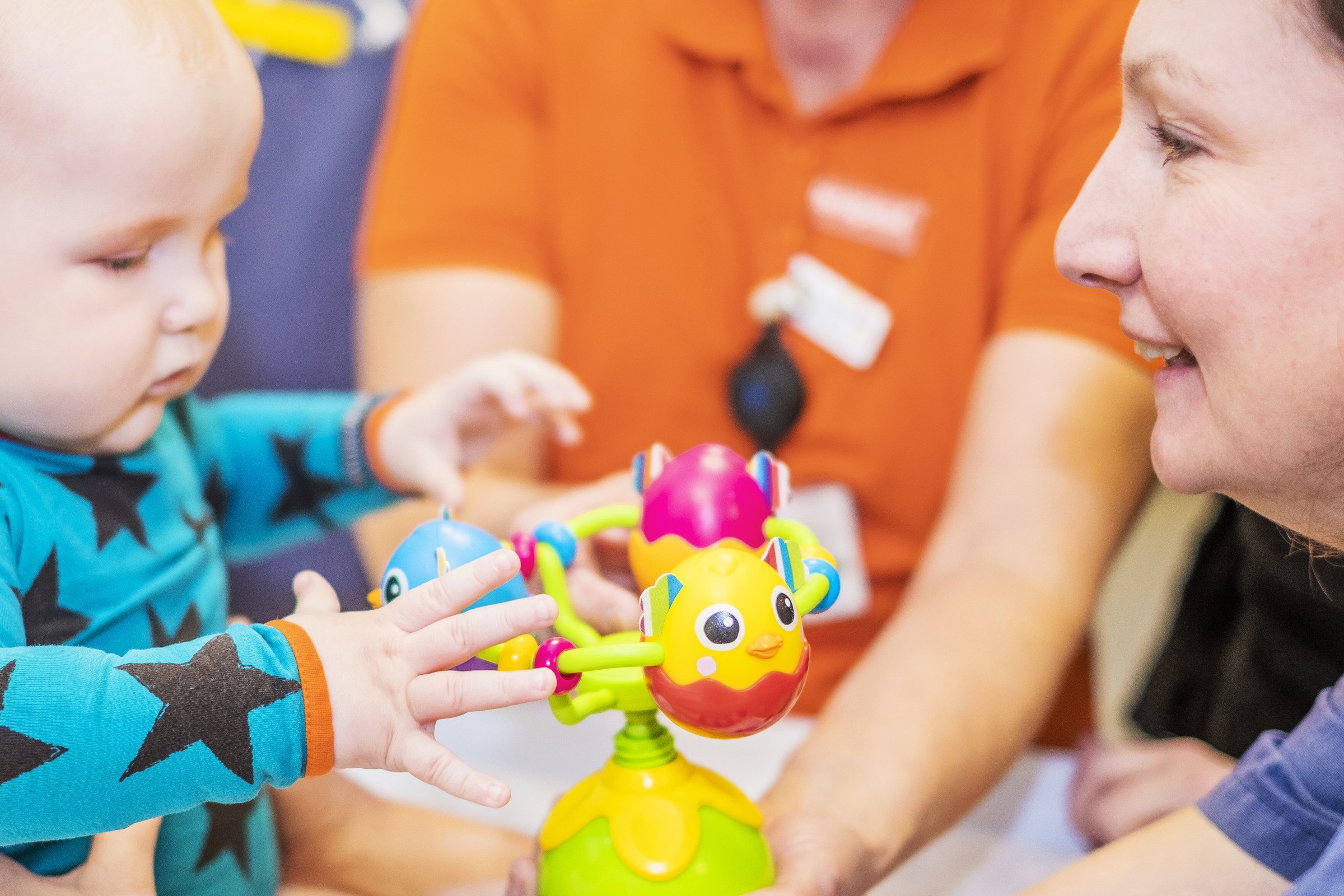Perthes Disease
Children with Perthes' disease most commonly present with an insidious onset of a limp without a history of previous trauma. If pain is present, it is usually localized in the groin, the thigh or the knee - particularly after physical activity.
Perthes' disease, also known as Legg-Calve-Perthes disease (LCPD), is a condition affecting the hip joint in children, typically one side in boys between the age of 4 and 8 years. It is rare (9,3 in 100000 children are affected) and the etiology of the disease is still unknown.
The blood supply to the head of the femur is temporarily disrupted either partially or totally leading to bone death and eventual misshaping of the femoral head during the healing process. This may result in long-term joint problems such as arthritis of the hip in later years if left untreated.
Pediatric Orthopedics
The Pediatric Orthopaedic Department at Astrid Lindgren Childrens hospital provides excellent care for young patients with musculoskeletal problems age 0-14y. Pediatric Orthopedics
Request medical treatment
More information on who can request a medical second opinion or treatment at Karolinska.
Continue
The Astrid Lindgren Children’s Hospital is a part of Karolinska University Hospital, with facilities in several locations in Stockholm.
